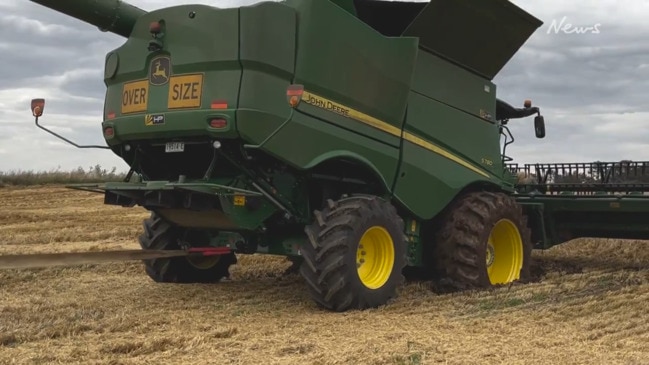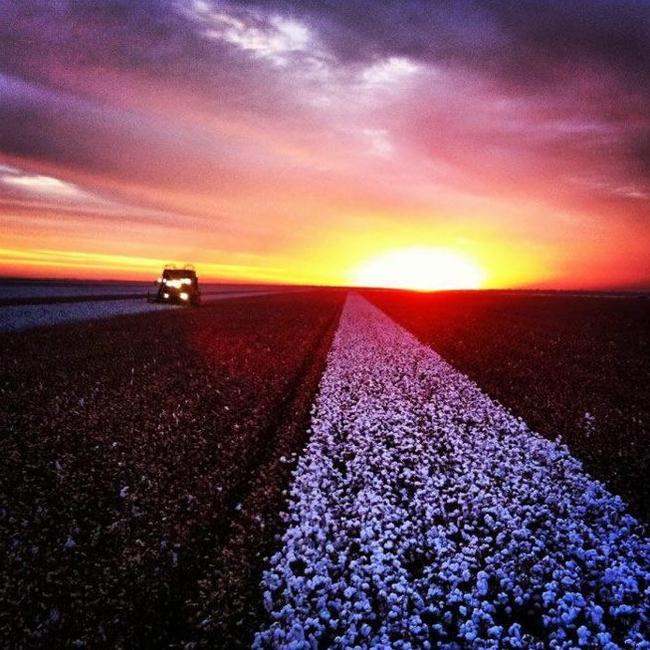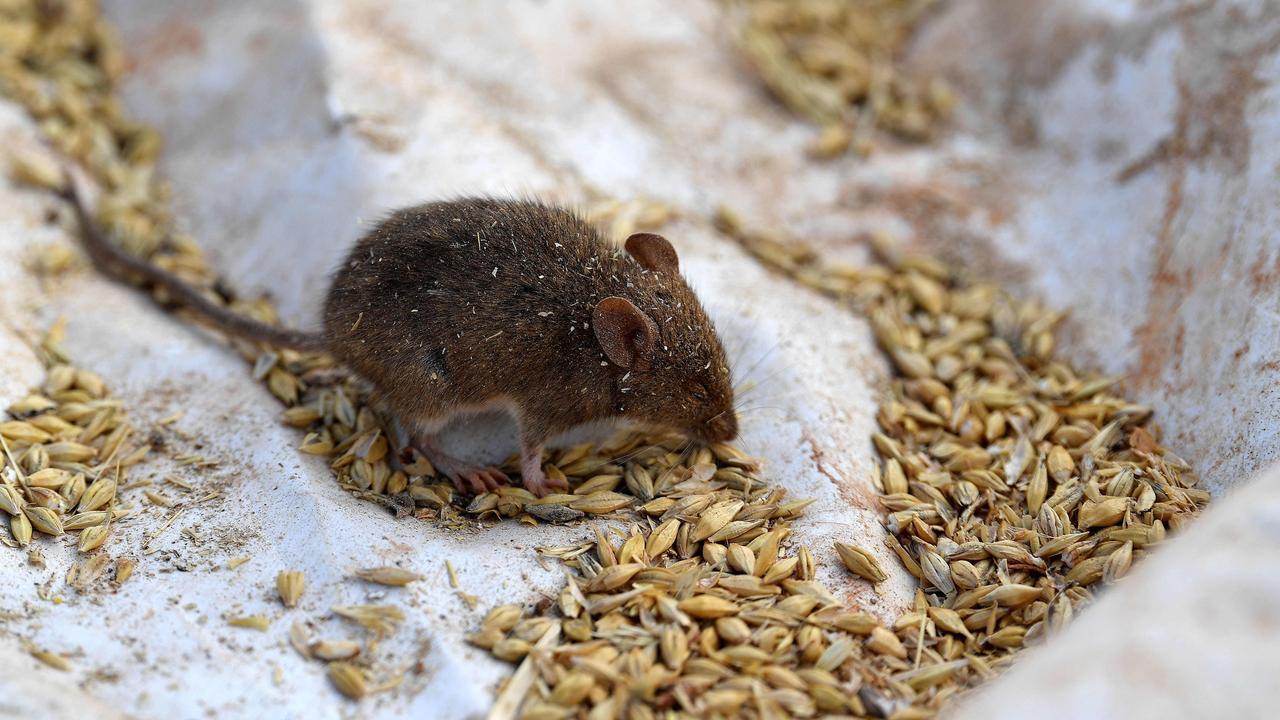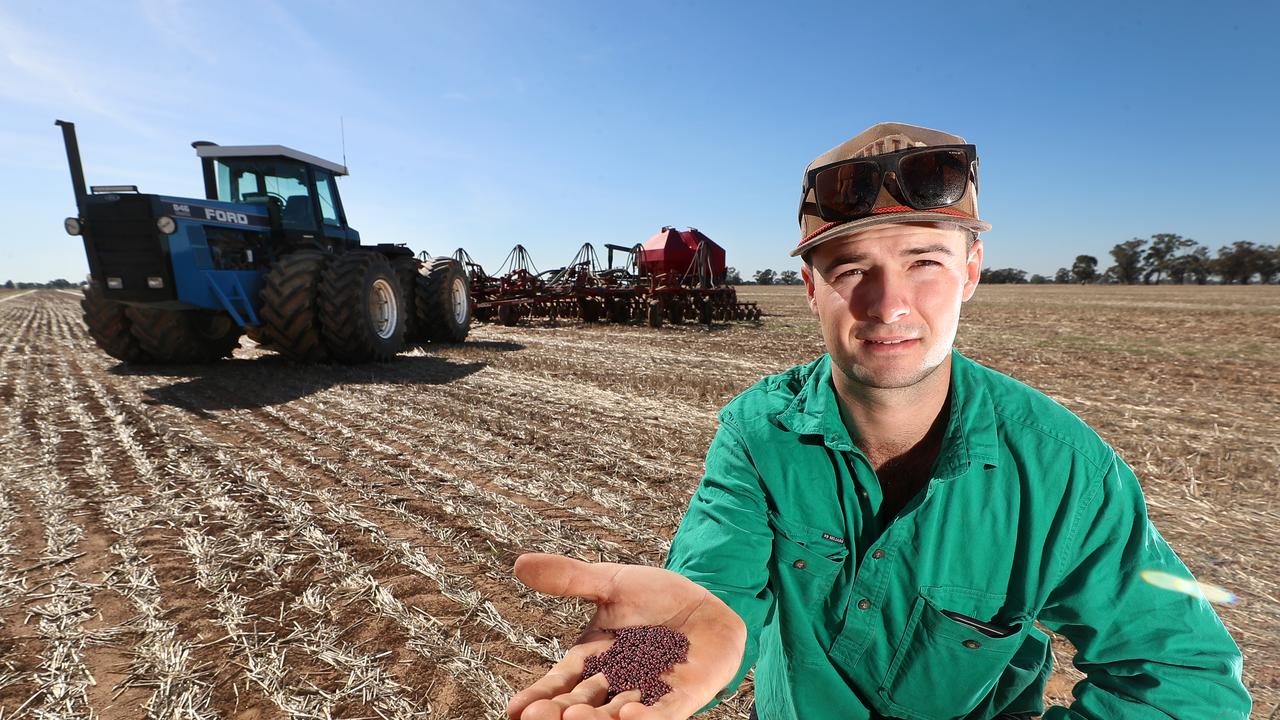Growers hope cotton crops will pull through despite rain
Rain in northern cotton growing regions has resulted in picking delays. See what it means for yields.

A clear north-versus-south divide has emerged for cotton growers this season, with heavy rainfall disrupting picking in the key growing regions.
Growers at Moree in NSW have reported more than 200mm of rain, and to the west, there were some crops that were submerged.
Despite concerns about potential crop damage Cotton Australia general manager Michael Murray said he is confident of a good year with more than 5 million bales, a projection that is higher than the 4.8 million bales forecast two months ago.
“There have been some really good yields of 17 bales plus in the St George area,” he said.
Mr Murray said cotton picking was later, due to the rain, however he expected most pickers to be going in the next week or so.
The price of cotton has fluctuated due to changes in the Australian dollar, but he expects the price to range between $580 and $600 a bale.
Namoi Cotton senior account manager at Gunnedah, NSW, Jacob Booby, said some cotton picking had started in his area.
“The bulk will be going in a week or so,” he said.
“The rain has been a hindrance, and there has probably been a two-week delay to picking.”
Mr Booby said before the rain, there were some excellent crops, and growers were expecting good yields.

“It was shaping up to be an above-average year, but how much damage has been done is still unknown. It is a bit too soon to gauge.”
According to the Bureau of Meteorology in the past month rainfall at Narrabri measured (195mm), Gunnedah (188mm), Boggabri (141mm). In southern Queensland, Goondiwindi recorded (167mm), Dalby (50mm) and Wee Waa (209mm).
Oscar Pearse farms at Moree, NSW, and regularly grows dryland cotton but decided not to this season and given the rainfall he was grateful.
“We have had 175mm to 200mm of rain in a 10-day period,” he said.
“That was probably about two weeks ago, and the soil moisture profiles are all full.”
Mr Pearse said a lot of cotton had escaped the worst of the flooding but it would be interesting to see how crops hold up at picking.
“The timeline is at least a couple of weeks behind. People have had to wait because of the rain.”
Mr Pearse said he hadn’t started sowing but would be planting wheat and chickpeas.




